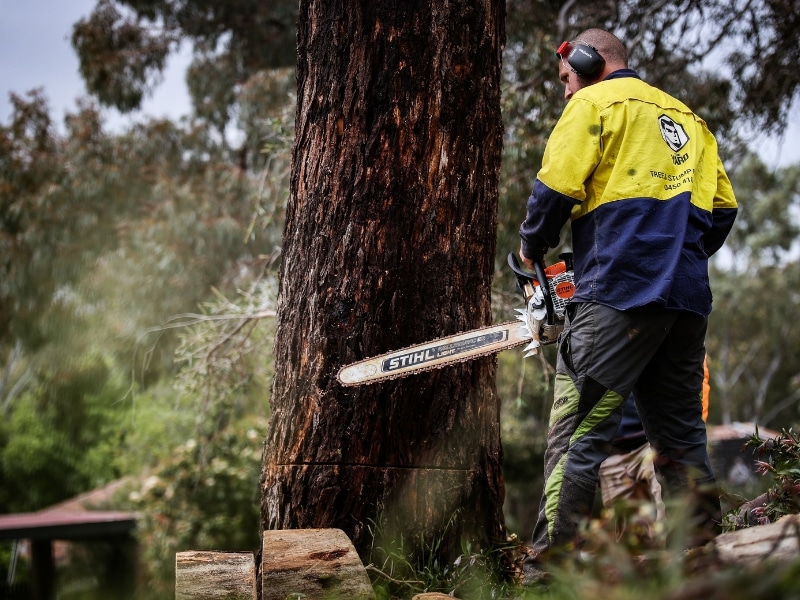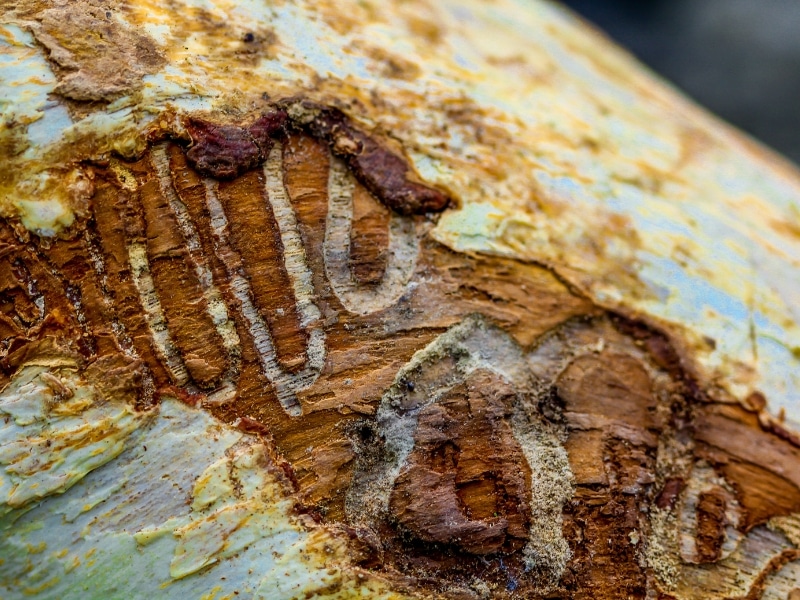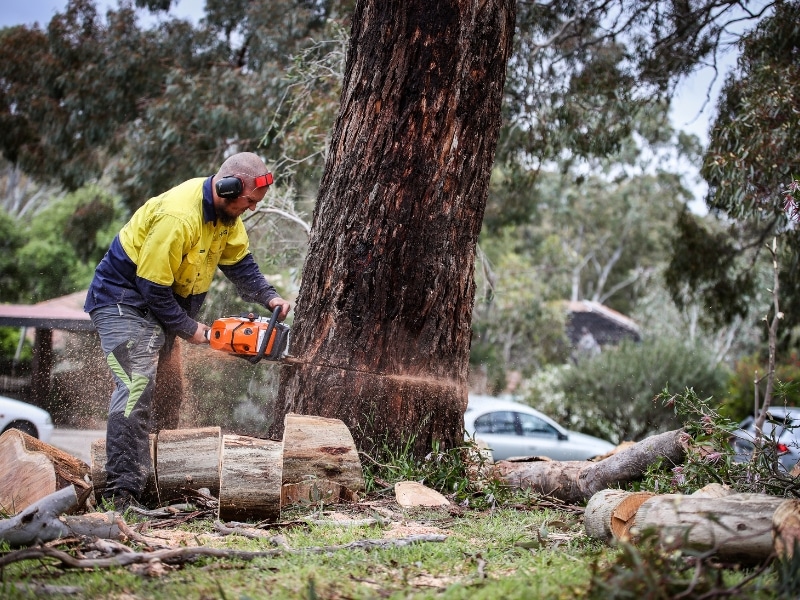Dead trees might look harmless at first, but they’re a serious hazard. Left too long, they can attract pests, fall without warning, or even spark bushfires in dry weather. While you might be tempted to put it off, knowing when to act can save you time, money, and a whole lot of stress. Timing matters—not just for your safety, but also for the health of your yard and your hip pocket. This guide breaks down the best season for dead tree removal, how the time of year affects costs and risks, and why acting sooner rather than later is often the wisest move.
Why does timing matter for dead tree removal?
The season you choose can impact everything from safety to affordability. While tree removal might seem like a job you can book whenever, it’s not that simple. Here are the main reasons timing makes a difference:
- Increased risks in the wrong season: Dead trees become more unstable during windy or stormy periods.
- Higher costs during peak demand: Arborists are busiest in storm season, which drives up prices.
- Soil conditions affect access: Wet or muddy ground can make it harder for equipment to get in safely.
- Better availability in cooler months: You might wait weeks during summer storms, but winter bookings are usually quicker.
Choosing the right season for dead tree removal ensures safer work, reduces costs, and improves scheduling efficiency, while also preventing unnecessary hazards, property damage, and complications that may arise from delaying the necessary task.
What happens if you delay dead tree removal?
You might think leaving a dead tree for later is harmless, but that’s a dangerous gamble. Delay increases safety hazards, property damage risks, and costs. Here’s what can happen when removal is postponed too long.
- Structural instability worsens: The wood continues to dry out and crack, increasing the risk of sudden collapse.
- Pest infestations spread: Termites, borers and fungi love dead timber, and they can spread to healthy trees or nearby structures.
- Insurance may not cover damage: If a dead tree you ignored falls and causes damage, insurers may reject the claim.
- Removal becomes more complex: Fragile trees are harder (and costlier) to take down safely.
Delaying dead tree removal increases risks, costs, and damage potential — acting quickly ensures safety, prevents pest spread, and protects your property from avoidable hazards, which is why you should avoid leaving a dead tree standing.
Which seasons are best for removing a dead tree?
Australia’s diverse climate means some seasons are more suitable for removing a dead tree than others. By understanding seasonal conditions, you can choose the ideal time for safe, efficient removal while minimising damage to your property.
| Season | Pros | Cons |
| Winter | Easy scheduling, firm soil | Cold conditions may delay work |
| Autumn | Mild weather, good visibility | Limited time before storm season |
| Spring | Growth highlights weak trees | Early growth can hide dead limbs |
| Summer | Immediate response to damage | High demand, unstable soil |
No matter the season you choose, remember that the job isn’t finished once the tree is gone — avoiding common mistakes when levelling soil after removing a tree ensures your lawn or garden recovers smoothly and evenly.
How does the tree species affect removal timing?
Different tree species decay at varying rates, influencing when they should be removed. Some weaken quickly, posing hazards, while others deteriorate slowly. Understanding these differences helps determine safe, timely removal before risks escalate.
- Gums and Eucalypts
- Drop branches unpredictably, especially in summer heat.
- Remove in autumn or winter before storm season.
- Conifers
- Retain their shape longer but dry out quickly.
- It is best removed in winter to reduce fire risk.
- Fruit trees
- It can attract pests if left dead.
- Remove in early autumn after fruiting ends.
- Deciduous trees
- It’s easier to assess in winter when it’s bare.
- Removal is safer and cheaper when trees are dormant.
Choosing the right removal timing for each tree species helps prevent hazards, control pests, and reduce costs while ensuring the job is done safely and efficiently in the most suitable season.
When is emergency removal necessary?
Emergency tree removal is sometimes the only option. When a tree leans, cracks, or threatens vital structures, action must be swift. Here are the key warning signs that demand urgent, professional intervention to ensure safety.
- Sudden lean or shift: Even slight movement signals dangerous root instability and possible collapse.
- Cracking at the base: Deep or widening cracks suggest severe structural failure within the trunk.
- Falling limbs: Branches falling in calm weather indicate decay or internal weakness worsening rapidly.
- Pests nesting inside: Visible termites or fungal growth indicate advanced decay, necessitating urgent removal action.
Act quickly if a tree shows sudden lean, cracks, or decay. Understanding the importance of urban tree management shows why prompt removal prevents property damage, injury, and further hazards, keeping your home and surroundings safe from unexpected collapse.
Why hire a professional for seasonal dead tree removal?
You might think tackling it with a mate and a chainsaw is simple, but that’s often when things go wrong. Here’s why calling in the experts pays off.
- Proper gear and training: Arborists use rigging, lifts, and specialised tools most homeowners don’t own.
- Experience with complex removals: Skilled in avoiding property damage to fences, roofs, gardens, and surrounding trees.
- Cost predictability: Professionals give upfront quotes, helping you avoid unexpected expenses or hidden service fees.
- Clean-up included: Service often covers full debris removal, leaving your property tidy and ready for use.
Understanding your site conditions and risk level can help you find affordable options for safe tree removal that still meet safety standards.
Final thoughts
Tree removal is never one-size-fits-all. But if you’re wondering when to act, winter usually offers the safest and most cost-effective conditions. That said, you don’t always have the luxury of waiting. If a dead tree’s threatening your property or already dropping limbs, it’s time to make a move. For those weighing up the right timing and approach, it’s worth exploring your options with The Yard, which has shared practical guidance based on local experience and seasonal insight.




